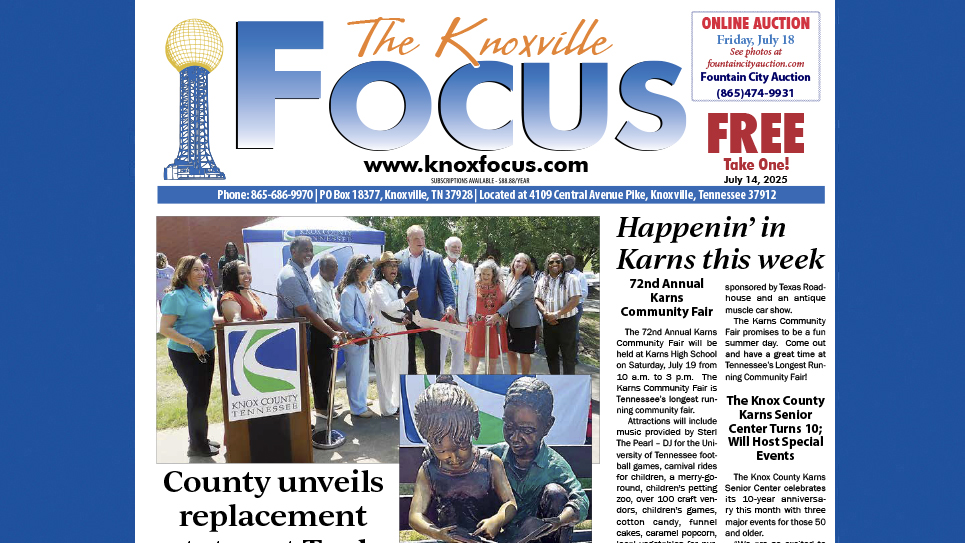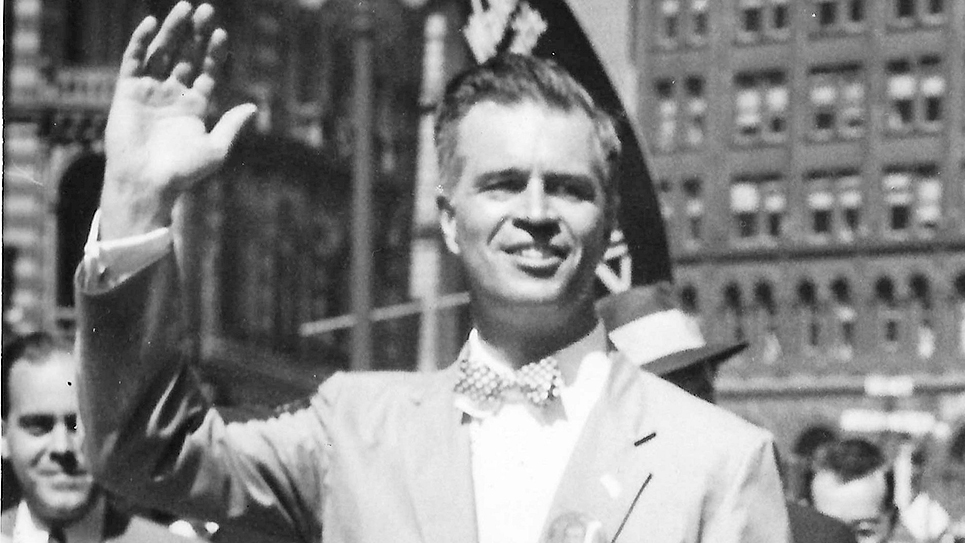By Dr. Jim Ferguson
Spiritually and philosophically I am Trinitarian. I’ve told Becky that if we ever participate in a newlywed-like game and we’re asked my favorite number, the answer is three – in most instances. Becky maintains that I find three choices in almost any situation. In my defense I think four choices is too many and two is not enough, so three seems about right. Therefore, I’ll offer a last reflection of my South American adventure with a third “travel soliloquy.”
Friends asked what was most memorable on my trip to South America. I went because I wanted to see Patagonia and Tierra del Fuego at Fin del Mundo, the “end of the world.” I once traveled to Spain to see the Alhambra and experience flamenco. In Argentina, I wanted to see the pampas which I discovered is the origin of ornamental pampas grass. And I wanted to experience the tango. There is a controversy between Argentinians and the people of Uruguay as to where the tango originated. However, from my perspective the origin of the tango is less important than experiencing this most sensuous of dances. The tango cannot be just watched; it must be experienced with all the senses.
I’m not a fan of mysteries like my wife Becky. I read from multiple genres, but for pleasure, I read science fiction. I like the perspective of the celebrated SF writer, Ray Bradbury who once said, “Anything you dream is fiction. Anything you accomplish is science. The whole history of mankind is nothing but science fiction.”
And I’m a stargazer. In winter months, when the air is cold and clear, there are wonders to behold. Someone once speculated that the first prayer of wonder uttered by our ancient ancestors, gazing upward at the stars, was “Ahh.…” Metaphorically, Native Americans envisioned the majestic Milky Way galaxy as the “backbone of night.”
Before there was television and other forms of modern entertainment, our ancestors gazed at the stars and imagined people and animals strewn across the night sky. A particularly notable constellation is Orion the Hunter, where three bright stars in a row known as a syzygy (the interesting word of the week) form the hunter’s belt. And hanging below the belt is his sword oriented to the south. Other notable stars surrounding Orion are Betelgeuse, Rigel, Aldebaran and Sirius. The cartoon above may help you perceive the Hunter.
I have looked at these stars hundreds if not thousands of times, so imagine my surprise when one clear night while standing on the highest deck on our cruise ship, I found the familiar constellation upside down with Orion’s sword pointed upward to the north! (I assure you I had not had too much to drink.) The answer to this mystery? I was at the bottom of the world, so the night sky appeared upside down to my usual orientation and perspective of the Hunter from the northern hemisphere! Though the moon was waning during my journey, I learned from Connecticut friends residing in Buenos Aires that the Man in the Moon also appears upside down, “down under.” This reminded me of the perspective of my Burundi friends who grew up seeing the Rabbit in the Moon instead of the Man in the Moon.
As I complete this essay I still carry on my forehead the smudge from the Ash Wednesday service at my Methodist church. The “ash” on my forehead is symbolic of Genesis 3:19 which says we came from dust and to dust we’ll return. Carl Sagan was partially right. We are made of star stuff. It’s too bad Sagan the scientist missed the important aspect of scripture. Our sun shines from the nuclear fusion of hydrogen, producing helium and successively heavier elements like carbon, nitrogen, oxygen up to iron. Physicists aver that you cannot obtain energy from the fusion of iron, so in reality iron is the ashes of nuclear fusion. Our red blood cells contain iron complexed with the protein globin, producing oxygen carrying hemoglobin. Theoretically, the iron in your blood came from the ashes of nuclear fusion in a sun that once shined before our sun and earth existed.
It took the early Church three centuries to figure out the triune nature of God. Some cultures view the Trinity as polytheistic. I don’t. By analogy, I understand that the molecule H2O has two hydrogen atoms and one oxygen atom. It is the same whether it exists as liquid water, frozen ice or gaseous steam. Science and religion are complementary visions of reality. It was Albert Einstein who said, “Religion without science is blind, but science without religion is lame.” You’d think a wise physicist like deGrasse Tyson would understand this. I just read one of his books on cosmology and he discounts anything outside of scientific observation, while at the same time acknowledging he can’t tell us where we came from or our purpose. Religion has an answer for these fundamental questions. The ancient Greeks considered hubris the greatest sin. Apparently, some make the same mistakes today.
In this Lenten season, we moderns take for granted two millennia of reflection on the Trinity. In the 1700s, Sir Isaac Newton conceived his universal law of gravitation and was honored for this scientific achievement. However, he explained, “If I have seen farther than others, it is because I have stood on the shoulders of giants.” Yes, at least some of us stand on the “wisdom of the ages” and also use the tools of scientific observation and reason.
Some people give up certain things for Lent as a way of focusing themselves on the event that 2000 years ago changed the world. Fasting is a time honored activity recommended by sages. I tried fasting once, but it didn’t work well for me. There is an ancient wisdom saying that there are many paths to the top of a mountain. So instead of fasting, I have planned an alternative Lenten reverential activity. I hope the Master sees my efforts from His perspective and is pleased.






